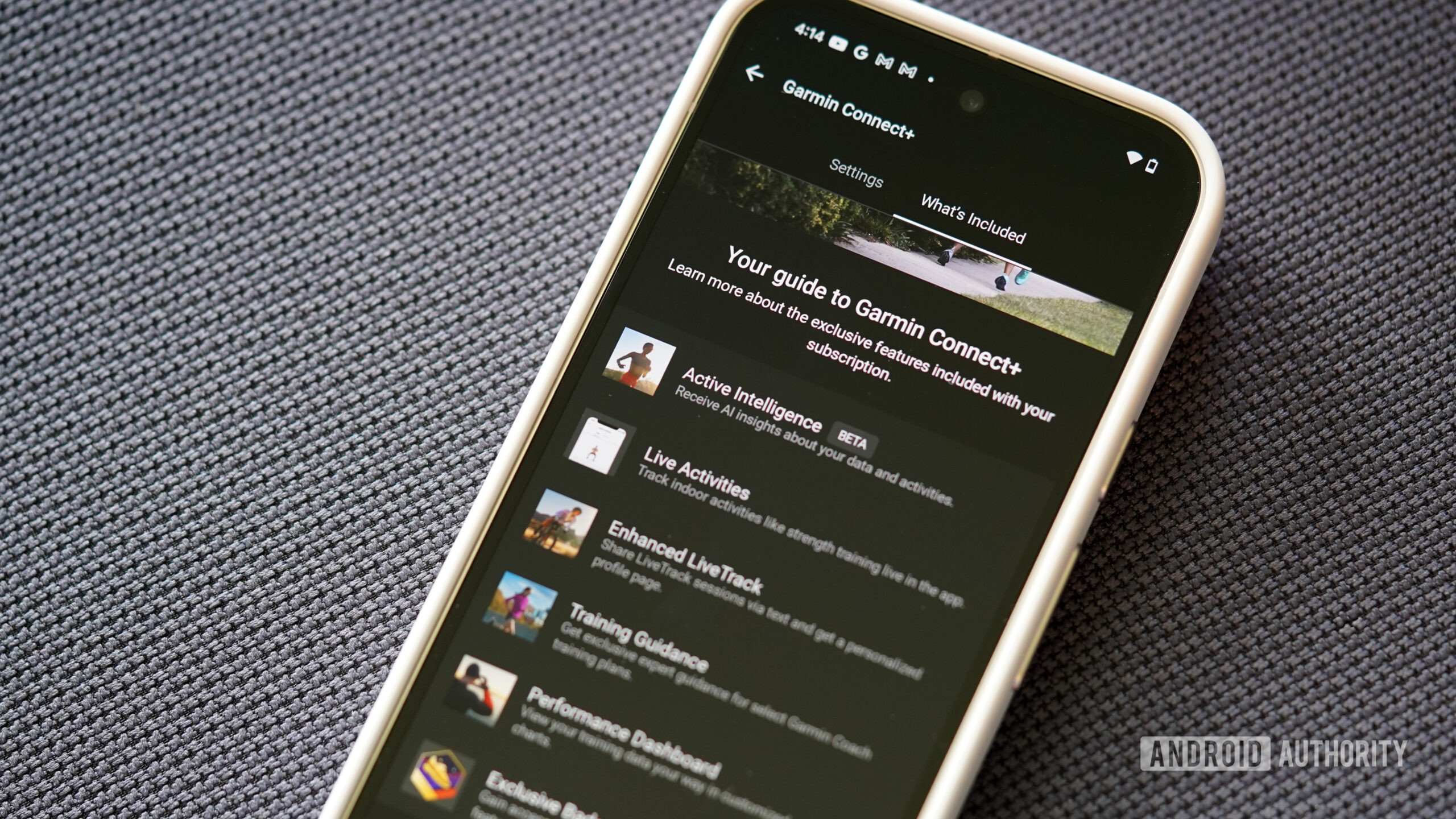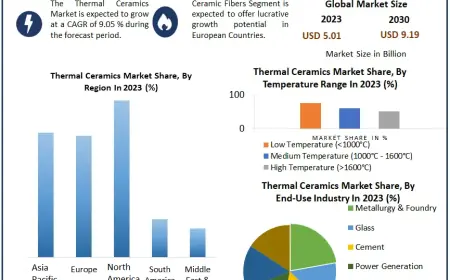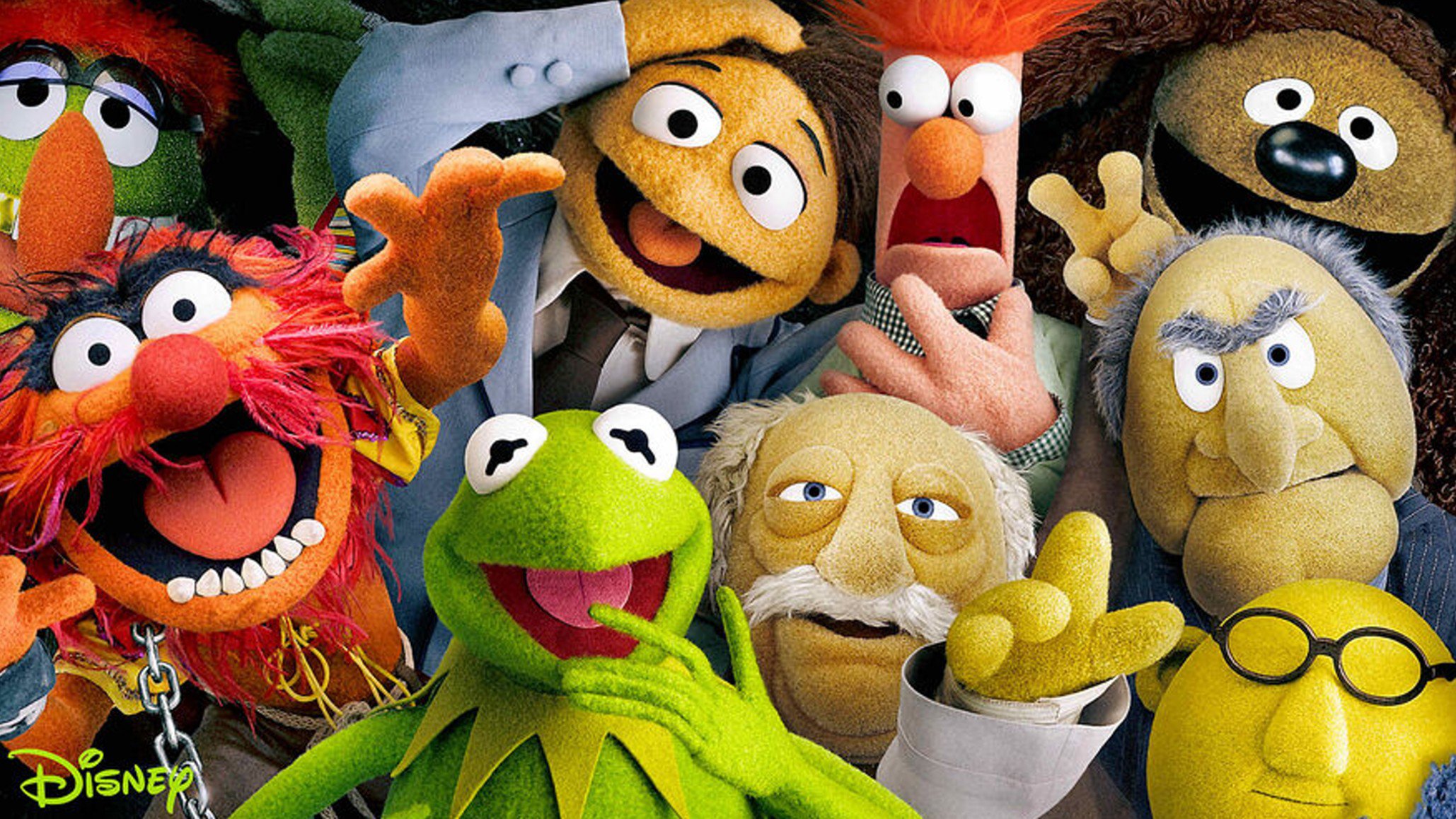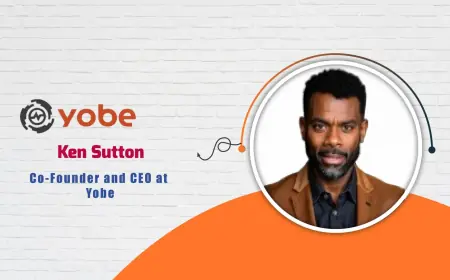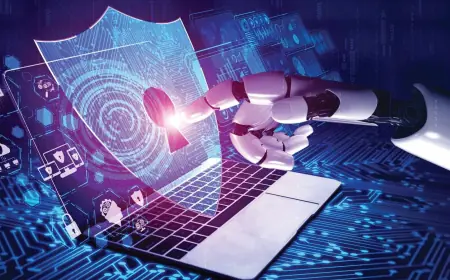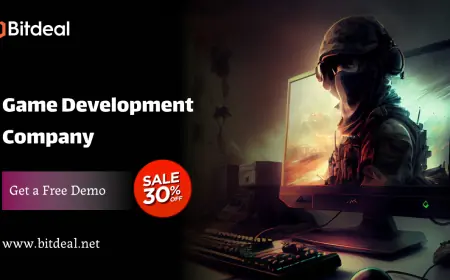Real World Asset Tokenization: Bridging the Physical and Digital Investment Worlds
This article explores the concept of RWA tokenization, its benefits, potential challenges, and the future it promises for investors and industries alike.
Real World Asset (RWA) tokenization is an innovative process that combines blockchain technology with traditional assets, enabling greater accessibility, liquidity, and efficiency in the investment world. It represents a transformative leap in how we interact with tangible assets such as real estate, commodities, art, and more by converting their value into digital tokens stored on blockchain networks.
This article explores the concept of RWA tokenization, its benefits, potential challenges, and the future it promises for investors and industries alike.
What is Real World Asset Tokenization?
Real World Asset tokenization involves digitizing ownership rights of physical real world asset tokenization and representing them as tokens on a blockchain. Each token corresponds to a fraction of the asset, allowing investors to own and trade smaller portions rather than purchasing the entire asset outright.
For example, a commercial building worth $10 million can be tokenized into 10,000 tokens, each representing $1,000 in ownership. Investors can buy, sell, or trade these tokens in real-time on secure digital platforms, making traditionally illiquid assets more accessible and tradable.
Benefits of Real World Asset Tokenization
Democratization of Investments
Tokenization lowers the entry barriers for investment, enabling individuals with limited capital to participate in asset ownership. Investors can now access high-value assets like real estate or art without the need for substantial funds.
Enhanced Liquidity
Traditionally, assets like real estate or collectibles are considered illiquid due to the difficulty of selling them quickly. RWA tokenization introduces liquidity by enabling the trading of tokens on secondary markets, akin to trading stocks.
Transparency and Security
Blockchain technology ensures that all transactions are recorded on an immutable ledger, fostering trust and transparency. Smart contracts automate processes like dividend distribution, reducing the need for intermediaries.
Global Market Access
Tokenized assets can be traded globally without geographical limitations. This opens up investment opportunities for people worldwide, regardless of their location.
Cost Efficiency
By leveraging blockchain, RWA tokenization eliminates the need for traditional intermediaries such as brokers or escrow agents, reducing transaction costs and speeding up processes.
Applications of Real World Asset Tokenization
Real Estate
One of the most popular applications of tokenization is in real estate, where properties are divided into tokens, allowing fractional ownership. Investors can own portions of high-value commercial or residential properties without the need to purchase the entire asset.
Commodities
Precious metals, energy resources, and agricultural products can be tokenized, enabling investors to trade these assets efficiently and securely.
Art and Collectibles
High-value items like rare artwork, vintage cars, or luxury watches can be tokenized, allowing fractional ownership and increased liquidity in these niche markets.
Debt and Bonds
Tokenized bonds and loans provide a new way for investors to access fixed-income assets with enhanced transparency and efficiency.
Intellectual Property
Royalties from music, patents, and trademarks can be tokenized, creating a new asset class for investors and allowing creators to monetize their intellectual property more effectively.
Challenges in Real World Asset Tokenization
Regulatory Uncertainty
The legal framework surrounding tokenized assets is still evolving. Different jurisdictions have different rules, creating complexity for global transactions.
Technological Adoption
While blockchain is a powerful tool, its adoption is still in the early stages. Investors and businesses may face challenges in understanding and implementing the technology.
Market Volatility
The value of tokens can fluctuate based on market dynamics, similar to cryptocurrency volatility, posing risks for investors.
Security Concerns
Blockchain technology is not immune to hacking and cyber threats. Ensuring robust cybersecurity measures is critical for safeguarding tokenized assets.
Lack of Standardization
The absence of standardized processes for tokenization can lead to inefficiencies and inconsistent practices across platforms.
The Role of Blockchain in RWA Tokenization
Blockchain serves as the backbone of RWA tokenization by providing a decentralized, transparent, and secure environment for transactions. Features such as smart contracts automate key processes like ownership transfer, dividend payouts, and compliance checks, reducing the reliance on traditional intermediaries.
Moreover, blockchain ensures the integrity of asset data, making it nearly impossible to manipulate records. This enhances trust and confidence among investors, asset owners, and other stakeholders.
The Future of Real World Asset Tokenization
The adoption of RWA tokenization is expected to grow as industries recognize its potential to improve efficiency, accessibility, and transparency in asset management. Governments and regulatory bodies are gradually introducing frameworks to support tokenized assets, which will further drive mainstream acceptance.
In the near future, we may see tokenization extend to other industries, including healthcare, infrastructure, and renewable energy. Additionally, the integration of artificial intelligence and blockchain could unlock even more innovative applications, such as dynamic pricing and real-time asset valuation.
Conclusion
Real World Asset tokenization is a game-changing innovation that bridges the gap between traditional investments and digital technologies. By offering enhanced liquidity, accessibility, and transparency, it paves the way for a more inclusive and efficient financial ecosystem.
What's Your Reaction?
 Like
0
Like
0
 Dislike
0
Dislike
0
 Love
0
Love
0
 Funny
0
Funny
0
 Angry
0
Angry
0
 Sad
0
Sad
0
 Wow
0
Wow
0
